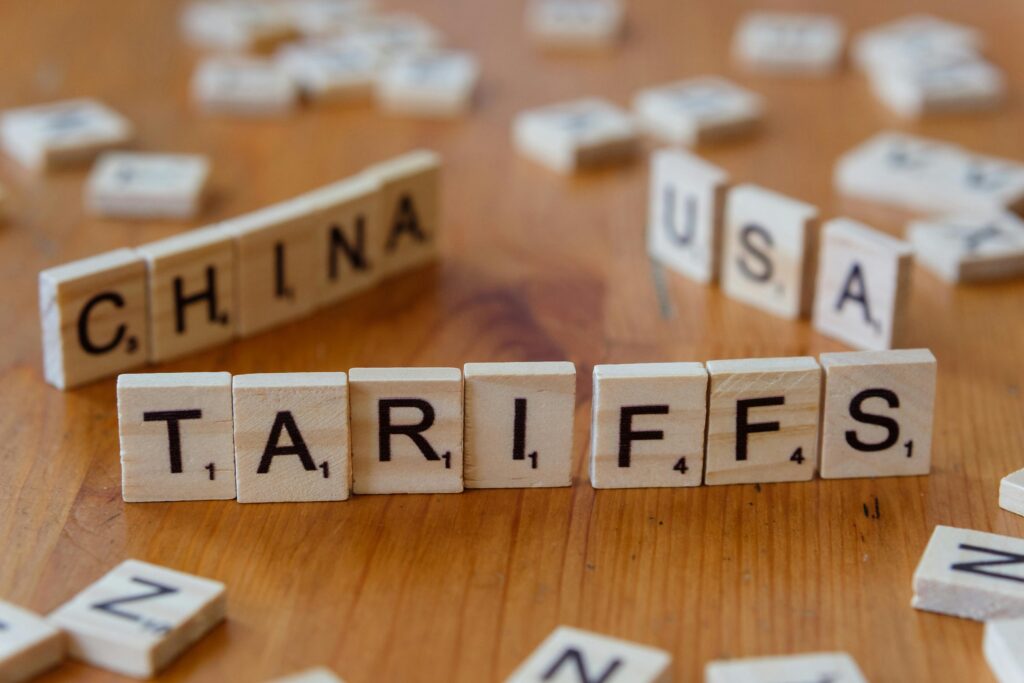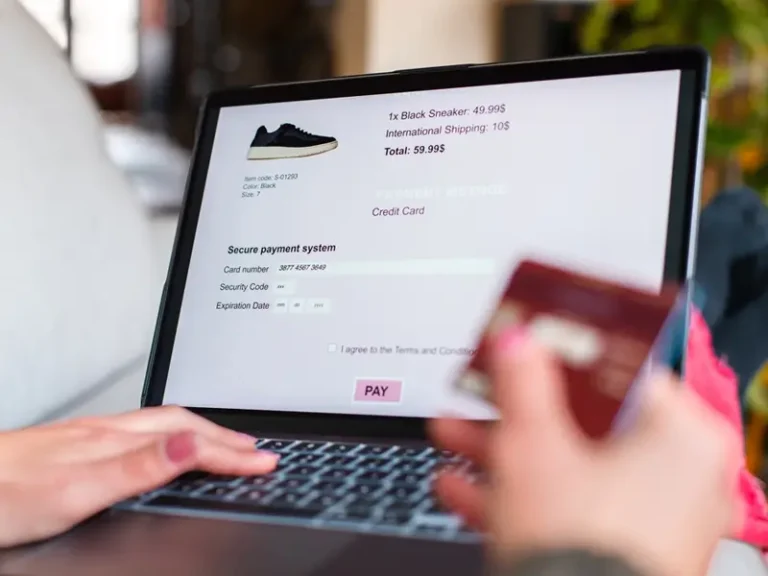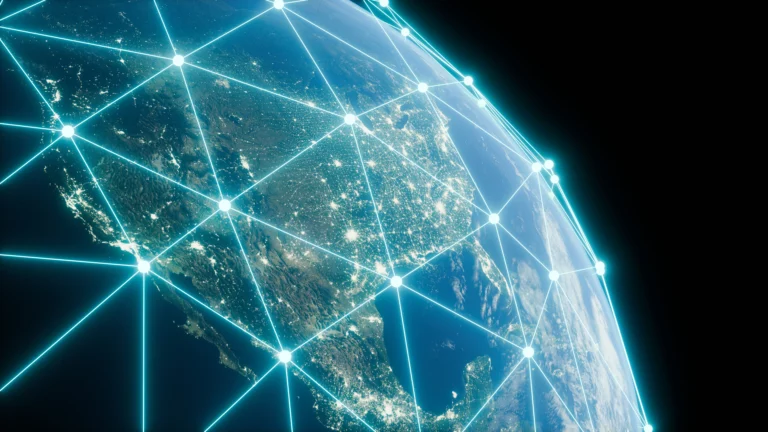Guest author and ESW’s Vice President of Global Commercial Services at ESW, Fionn Uibh Eachach, shares his insights on the tariff landscape. Reposted from his LinkedIn article.
I was going to write this article as an informative piece on the current state of tariffs and trade wars. But in between the time I sat down to outline this piece to the time I started writing it, the state of tariffs had changed. Again.
So, I have decided to leave the up-to-the-minute reporting to the journalists and focus instead on what it all means and what to do about the constantly shifting sands of international commerce and trade.
How did we get here and where exactly is “here”?
The short answer is that the United States has had a trade deficit for around 50 years, and the current presidential administration is fed up. To try to address that deficit, the White House is imposing (and then reversing or postponing then reinstating) sweeping tariffs on a variety of goods from a variety of markets.
So where are we?
In a state of ongoing uncertainty. The start-stop nature of tariffs has left global leaders scratching their heads and, in some cases, announcing tariffs of their own. All of that has left retail and commerce organisations scrambling to find a strategy that will provide them and stakeholders with some level of stability.
Possible paths forward
There are ways to navigate these changing currents. I’ll be honest – it’s not easy, but it is possible.
Option 1: Cease trade in and out of the US
While this is an option, it’s not a good one. The United States is the largest consumer market in the world. Shutting them out will impact your bottom line. US-based firms have a large market but producing goods domestically is more expensive (if raw materials are even available in-country) which then increases customer cost for an already-price sensitive consumer group.
Option 2: Deploy mitigation strategies
The future is uncertain, and we don’t know how long this period of volatility will last. But that doesn’t need to send us scrambling or leave us paralyzed. As we have been operating in a globalised trading environment, there are existing trading structures, measures and systems that will enable us to pivot and avoid building from scratch. These are options but all options require the correct planning and time to move forward with.
Supply chain review
For years, it has made sense for some US-based companies to manufacture and import goods from the rest of world (in particular, Asia) to the US and then use the US as its main hub to service consumers around the rest of the world.
However, given the additional cost of importing and exporting in and out of the US, it may now financially make sense to review how supply chains service consumers around the world. It may make more sense to have distribution centers in other parts of the world to mitigate US tariff costs (for example, manufactured goods moving directly from Asia to the EU to service the EU market).
Existing customs measures and modelling
Where the wholesale review and change of a supply chain may be too complicated and costly for some businesses, others could rely on existing customs measures to mitigate or postpone tariff costs.
Measures such as bonded warehousing in the US will mitigate against US tariffs where the goods are destined for markets outside the US. Alternatively, businesses could look to business-to-business type imports and declare on wholesale values where possible. All of these and more are options, but careful understanding of the supply chain and products is key.
Customs data matters
However, to manage most of the tariff changes, data is going to be important. Especially customs data! Country of origin (COO) is now hugely in focus as the tariffs are being applied specifically against certain countries and the only way to do that is by targeting the goods they manufacture.
From a customs perspective, goods manufactured in a country obtain “origin” in that country. This data is already required to move goods internationally and COO is also included in customs declarations. However, sometimes this data is absent or potentially incorrect as origin rules are complex. Therefore, making sure your catalog and SKUs have accurate country of origin information is really important going forward to navigate and financially understand the impacts tariff will have.
Don’t go it alone
Retailers are in the retail business, not the international trade policy business. Taking your eyes off your core competencies, trying to keep up with the news, leads to neglect and can cause just as serious a blow to your business as trade wars.
Bringing on vendors and partners who are well-versed in international commerce, have established relationships with logistics firms and warehousing worldwide and have the flexibility and expertise to create a solution that works for your business mitigates your risk.
The takeaway
Import and export regulations have always been complex. The chaos of the last three months has only compounded that complexity, and I wish I could say that certainty is just around the corner. But I can’t. All I can say is that you don’t have to figure it out by yourself. You have options that will work for your business – you just need to have the right team around you that knows your business and how to optimise operations and logistics for your unique situation.
Contact us to talk to an expert about how to best position your brand to weather these changing tariff seas.





